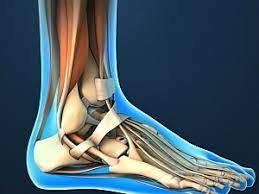Accepting New Patients
Serving the Chicagoland Area
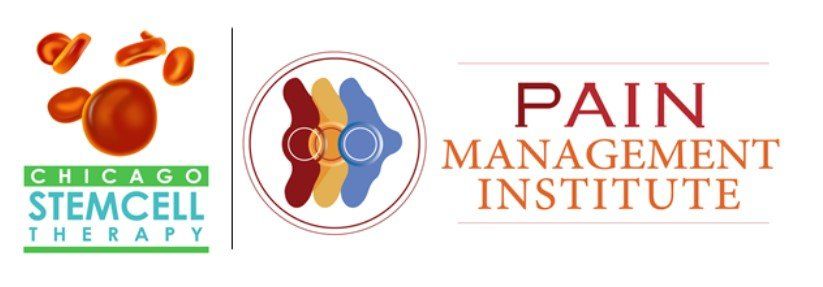
UNDERSTANDING Foot & Ankle Pain:
Causes, Symptoms, and When to Seek Help
Foot and ankle pain can affect people of all ages and lifestyles. Whether you're an athlete, a busy professional, or simply someone who enjoys staying active, foot and ankle discomfort can significantly impact your daily routine. In this article, we'll delve into the commonality of foot and ankle pain, explore its symptoms and causes, and provide guidance on when it's advisable to consult a specialist for proper diagnosis and treatment.
How common is Foot and Ankle Pain?
Foot and ankle pain is more prevalent than you might think. Studies indicate that a substantial portion of the population experiences some form of foot or ankle discomfort during their lifetime. Whether it's due to overuse, injury, or underlying medical conditions, foot and ankle pain can occur across all age groups and activity levels. From minor aches to more severe pain, these issues can impact mobility and overall quality of life.
Symptoms of Foot and Ankle Injuries:
Foot and ankle injuries can manifest with a variety of symptoms, ranging from mild discomfort to debilitating pain. Some common symptoms include:
- Pain: Sharp, throbbing, or dull pain in the foot or ankle region
- Swelling: Visible swelling or inflammation around the affected area
- Bruising: Discoloration or bruising due to internal bleeding or trauma
- Limited Range of Motion: Difficulty moving the foot or ankle joint as usual
- Instability: Feeling unsteady on your feet or ankle, possibly due to ligament damage
- Numbness or Tingling: Sensations of numbness, tingling, or "pins and needles"
- Difficulty Bearing Weight: Trouble walking or putting weight on the affected foot
Causes of Foot and Ankle Pain:
Several factors can contribute to foot and ankle pain, including:
- Injuries: Sprains, strains, fractures, and other traumatic injuries can cause acute pain
- Overuse: Repeated stress on the feet and ankles, often seen in athletes or those who stand for prolonged periods
- Medical Conditions: Conditions like arthritis, gout, and plantar fasciitis can lead to chronic pain
- Poor Footwear: Wearing improper or ill-fitting shoes can lead to discomfort
- Biomechanical Issues: Abnormalities in foot structure or gait can contribute to pain
- Aging: Degenerative changes in joints and tissues can lead to pain over time
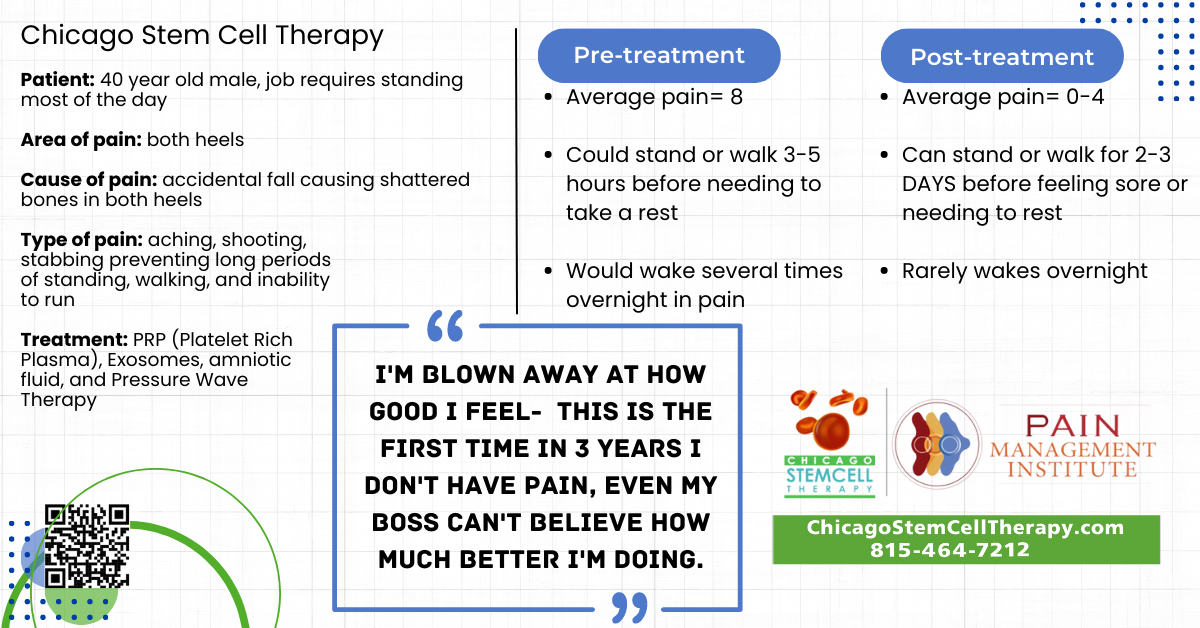
When should I see a Foot Specialist?
If you're experiencing persistent or worsening foot and ankle pain, it's wise to consult a medical specialist. Seek professional help if:
- Pain is Severe: Intense, unrelenting pain that interferes with daily activities
- Injury: Suspected fractures, sprains, or other acute injuries
- Limited Mobility: Difficulty moving your foot or ankle
- Swelling and Redness: Visible swelling, redness, or signs of infection
- Chronic Pain: Pain that persists for weeks, especially if it impacts your quality of life
- Numbness or Tingling: Sensations of numbness or tingling in the foot or ankle
A specialist, such as pain management, a podiatrist or orthopedic doctor, can conduct a thorough evaluation, diagnose the underlying cause of your pain, and recommend appropriate treatment options. Early intervention can prevent further complications and help you regain your mobility and comfort.
Foot and ankle pain is a common issue that can arise from various causes. Understanding the symptoms, potential injuries, and when to seek specialized care is crucial for effective management and recovery. Don't let foot and ankle pain limit your activities—consult a medical professional to get back on your feet and enjoy a pain-free life.
What are non-surgical options for foot and ankle pain?
If rest, ice, and over-the-counter pain medication don't help, or a specialist has advised your condition requires more in-depth treatment, several options don't involve surgery.
Pain relief options include both traditional treatments such as steroid or lidocaine injections or regenerative therapies that harness your body's natural ability to repair itself such as Platelet Rich, Plasma (PRP) or stem cell therapy.
These are minimally invasive, can decrease inflammation, stop the progression of arthritic damage, and repair joint cartilage. All procedures are performed outpatient and in our Joint Commission accredited surgical suite.
Shockwave (also called Pressurewave or EPAT) is another non-invasive treatment method that emits high-energy sound waves. When utilized, the cells responsible for healing are stimulated to accelerate metabolism and enhance blood circulation. Shockwave uses your natural healing agents such as red blood cells, growth factors, and mobilizes stem cells.
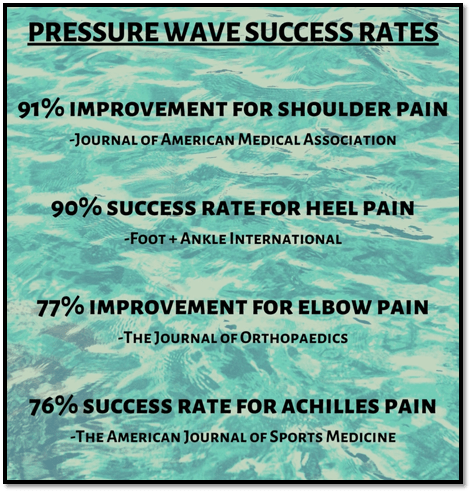
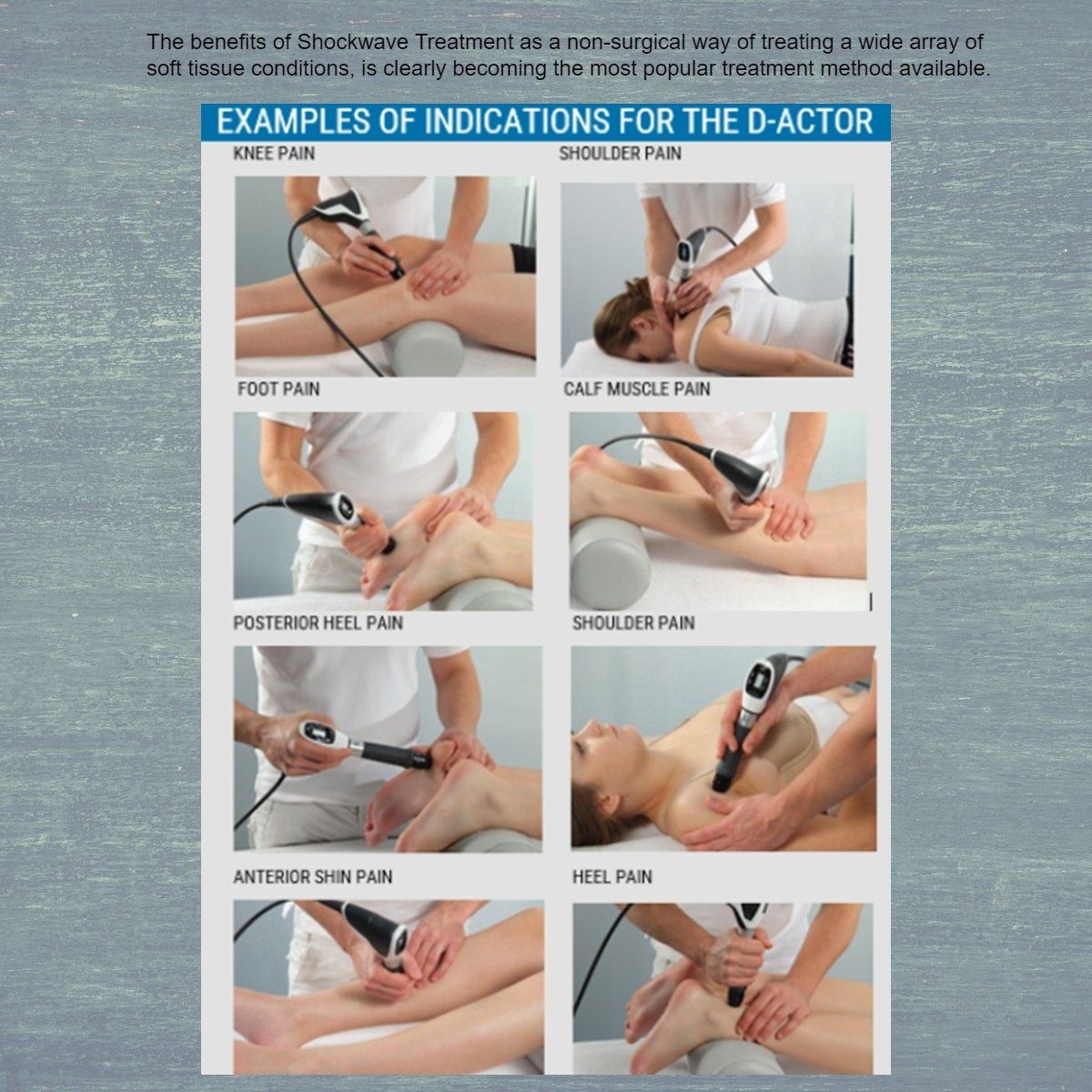
CONTACT INFORMATION
ADDRESS: 10181 W Lincoln Hwy
Frankfort, IL 60423
Se habla español


BUSINESS HOURS
- Mon - Thu
- -
- Friday
- -
- Sat - Sun
- Closed
Private pay and Financing available,
Advance Care Card accepted
Follow or Like us on:
OUR LOCATION
